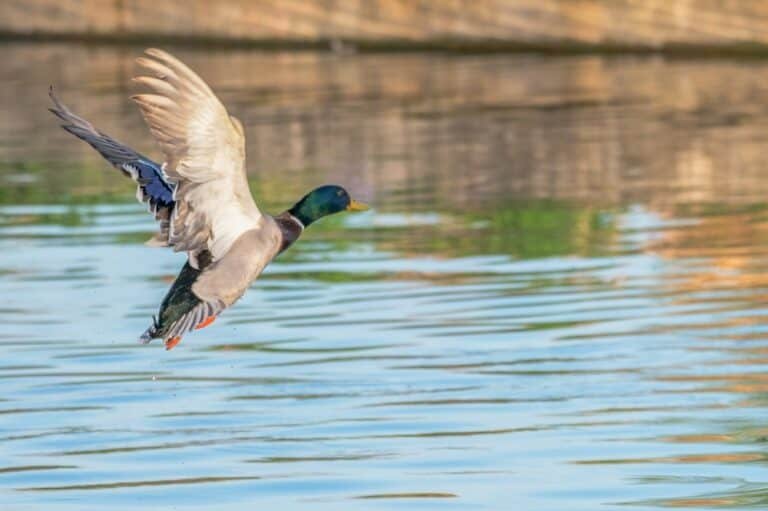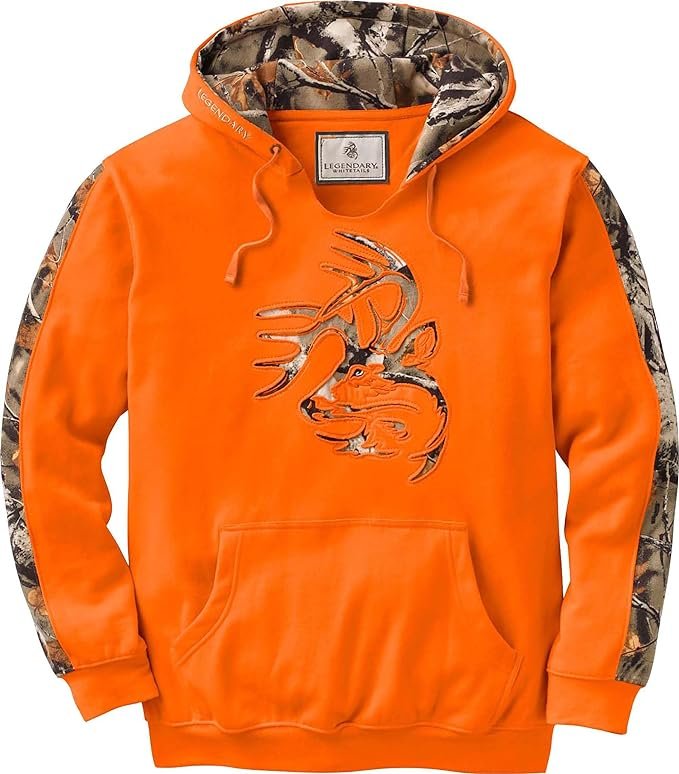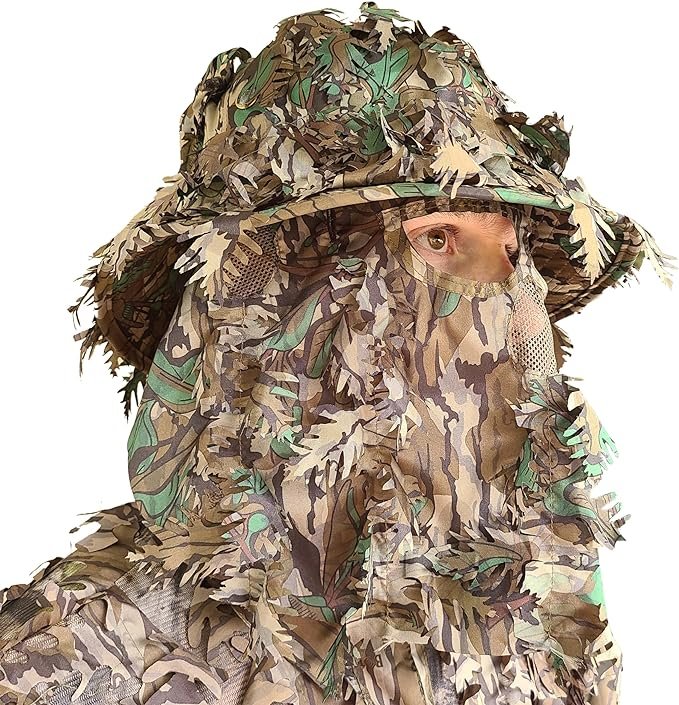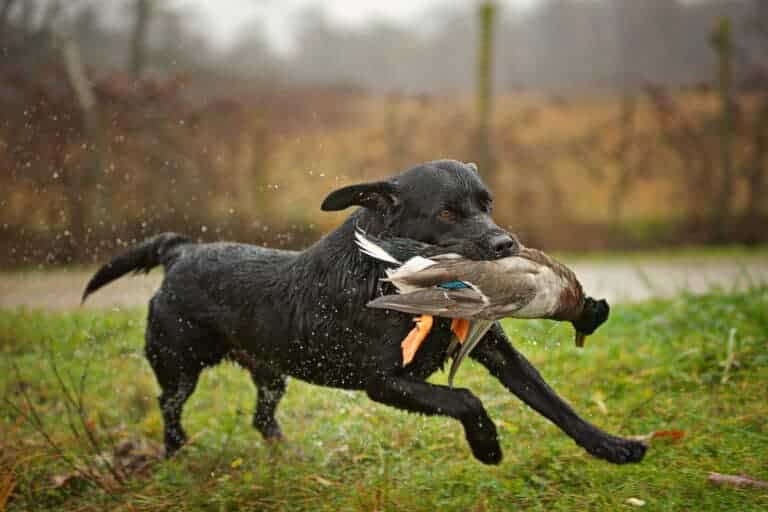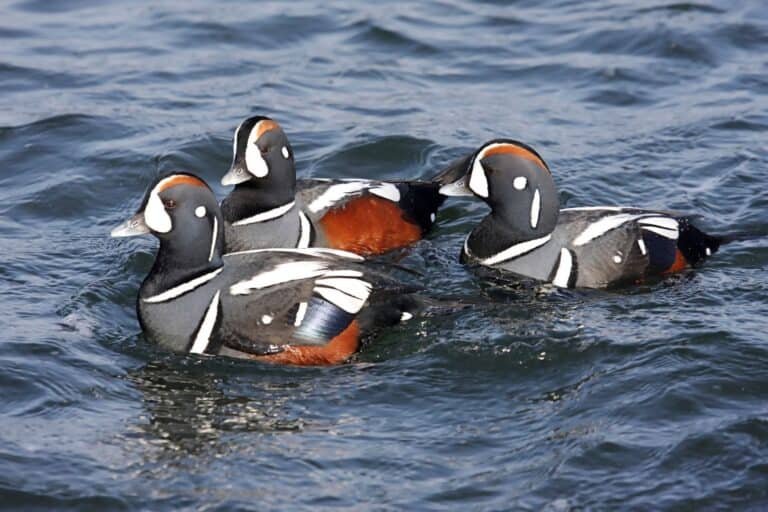Duck Species – The Most Popular Four Types
Ducks, diverse and fascinating, are waterfowl that captivate people worldwide. Birds come in many shapes, sizes, and colors. They live worldwide, making people happy and helping the environment. Everyone needs to understand duck species. This helps with conservation and appreciating nature.
An Array of Diversity
Ducks come in many different types from those we see in city ponds. The blue-winged teal and the canvasback are different species. They each have their beauty. Ducks come in different sizes, like teals and scaups. They have colorful feathers, like blues and greens.
Their behavior is as diverse as their appearance. Certain animals travel far across continents, but some prefer to stay in one spot and adjust. Different species have different diets. Some eat plants, while others hunt fish. This shows how adaptable they are in their environment.
Conservation: Safeguarding Precious Avian Heritage
The study of duck species is pivotal in conservation efforts. First, scientists study habitats to understand how they contribute to ecosystems. This helps check their health and make preservation plans. Ducks rely on wetlands for nesting, feeding, and resting. They are important signs of wetland health.
Secondly, conservationists dedicate themselves to protecting and restoring wetlands. These habitats are not only vital for ducks but also for many other species. Wetlands are crucial for balancing ecosystems. They clean water, prevent floods, and store carbon.
An Appreciation of Nature’s Wonder
Exploring the world of ducks offers a window into the marvels of nature. Their graceful flight, intricate courtship displays, and attentive parental care inspire awe. Ducks and their nests have a special connection. This connection shows how everything relies on each other. It reminds us to protect them.
Explore different duck species with us and learn about conserving them. We can ensure their continued presence in our wetlands through knowledge and appreciation.
Duck Species – Mallards (Anas platyrhynchos)
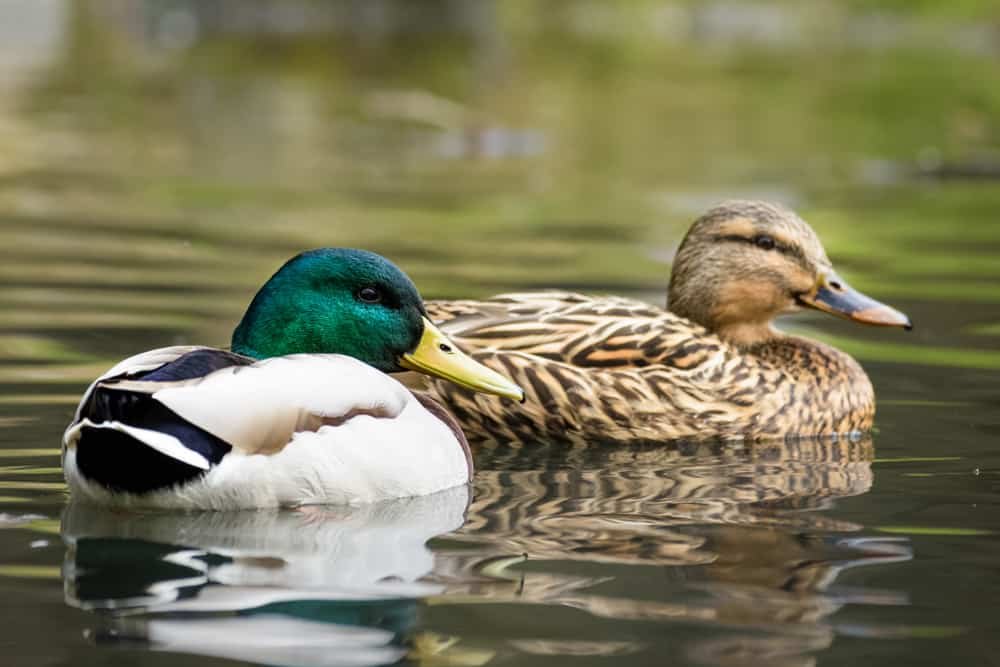
Beauty and Versatility: The Marvels of Mallards
Mallards are a well-known type of duck called Anas platyrhynchos. People recognize them all over the world. Their striking appearance and adaptability have fascinated bird enthusiasts for years.
Mallards are medium-sized ducks. The males have green heads and gray bodies that shine. The females have brown feathers with spots to hide. Squirrels can live in various locations, such as city parks or faraway forests. This demonstrates their adaptability.
Their breeding habits are a study of nature’s complexity. Courtship starts in late winter, with males displaying elaborate behaviors to attract mates. Females build their nests on the ground, well-hidden and close to water, laying 8-13 eggs.
Mallards can live in many different places, which shows how well they have evolved. This makes them an important species to protect and enjoy in nature.
Duck Species – Wood Ducks (Aix sponsa)
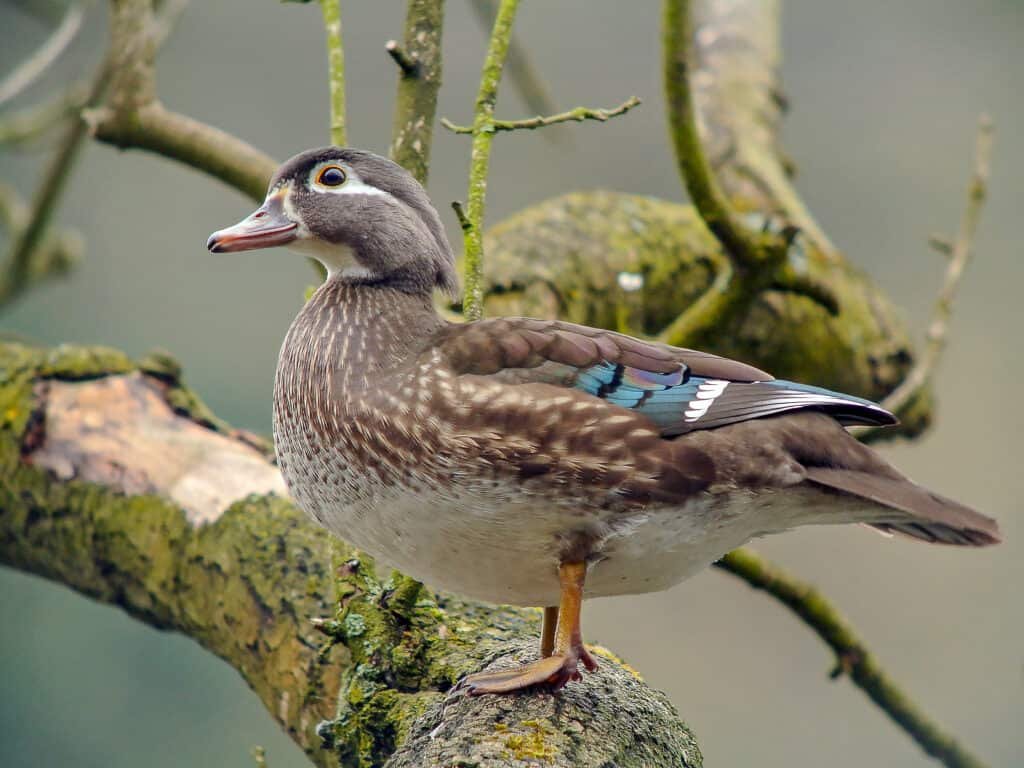
Vibrant Plumage and Distinctive Crested Head
People love wood ducks because of their beautiful feathers and special crests. Male birds have bright green, purple, and brown feathers. Female birds have dull brown and gray feathers for blending in.
They like to live in swamps and marshes with lots of food and places to build nests. Wood ducks usually make their nests in tree holes or special boxes, which is interesting. Ducks have sharp claws, which is unusual. These claws help them perch on branches and show nature’s diversity.
Duck Species – Northern Pintails (Anas acuta)
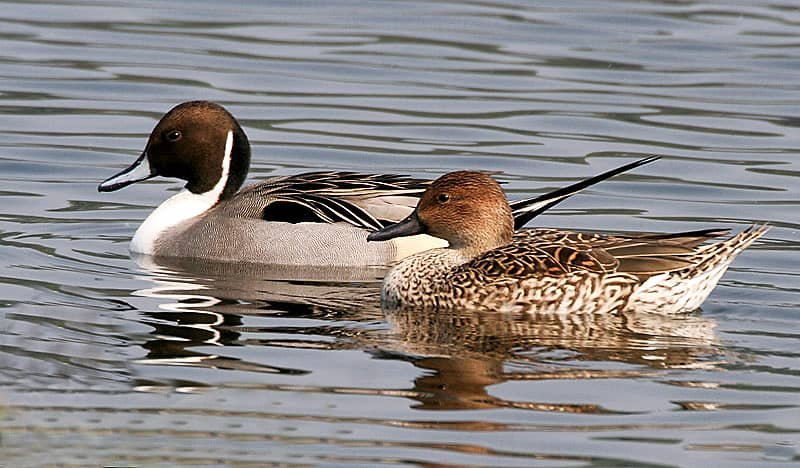
Elegance and Long-Distance Migration
Birdwatchers love Northern Pintails because they have slim bodies and long tails. You can find these animals all over the world. They travel long distances between where they breed and spend the winter.
Male animals put on impressive displays to attract females. They do this by flying around and swimming together. Northern pintails are famous for their impressive long-distance journeys, traveling thousands of miles. They show incredible endurance and navigation skills.
Duck Species – Hooded Mergansers (Lophodytes cucullatus)
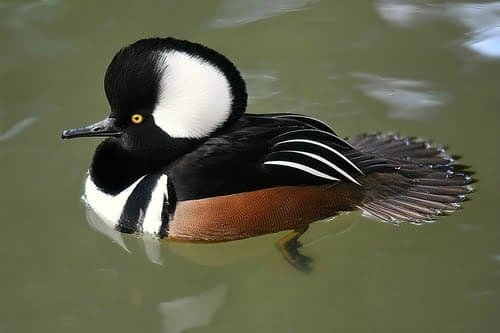
Distinctive Physical Traits and Mating Behaviors
Male hooded mergansers have a big crest on their heads that looks like a fan. You can see this feature when the bird is courting or feeling scared.
Hooded mergansers live in North America. They do well in wetlands with trees. These wetlands have enough food and good places to make nests. Their mating rituals are captivating, with males performing intricate displays to attract females.
Hooded mergansers have special bills with jagged edges, ideal for catching fish underwater. These ducks differ from other types, showing how birds can adapt in many ways.
Duck Species – Conclusion
Studying different ducks teaches us about their various types and interesting behaviors. The mallards and wood ducks are adaptable. Northern pintails migrate. Hooded mergansers are unique.
We can study and learn from these birds to appreciate the connection in nature. We all need to protect and preserve these amazing animals so they stay in our wetlands and other places. Click here for our blog about unpopular duck species.


